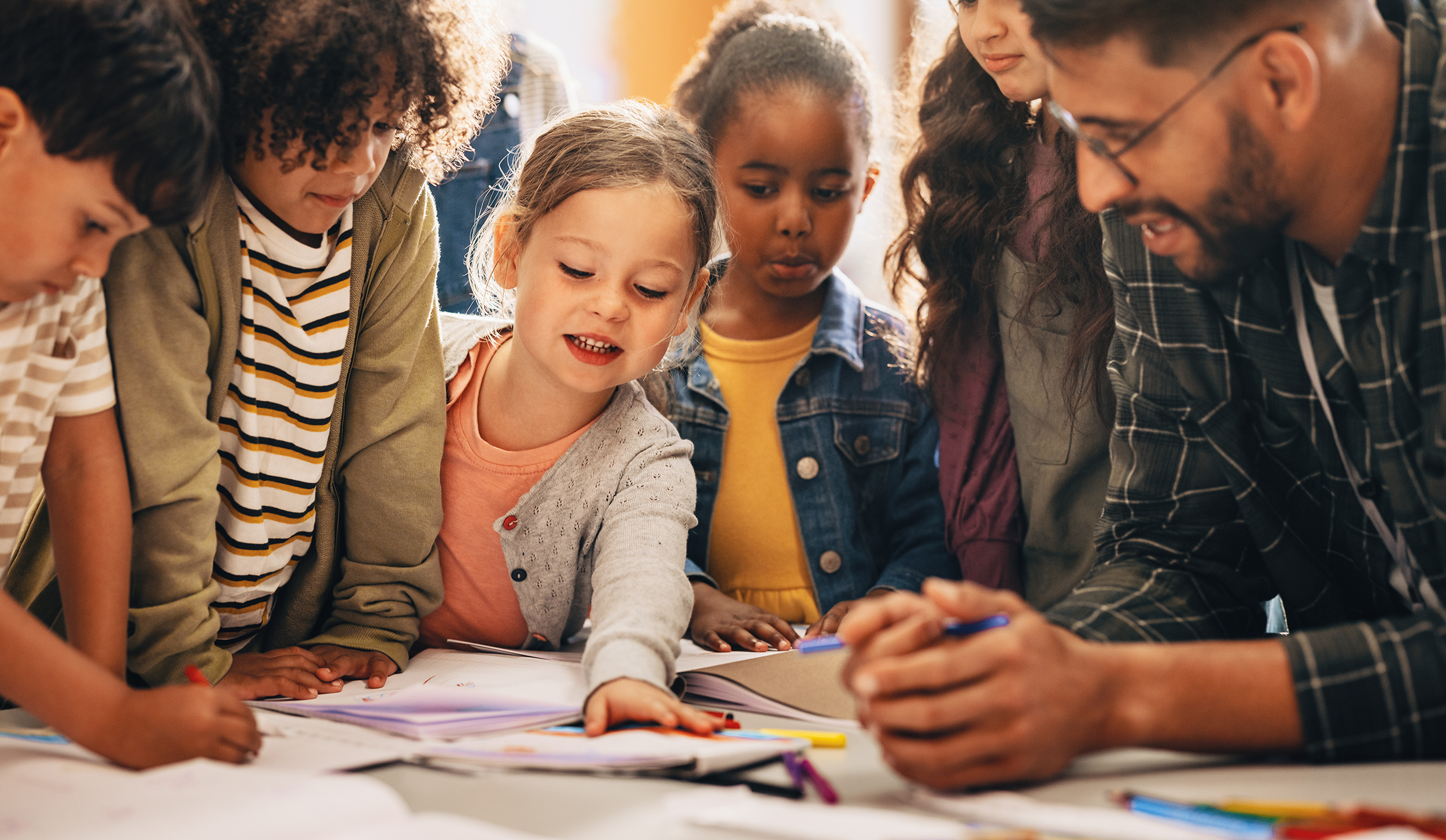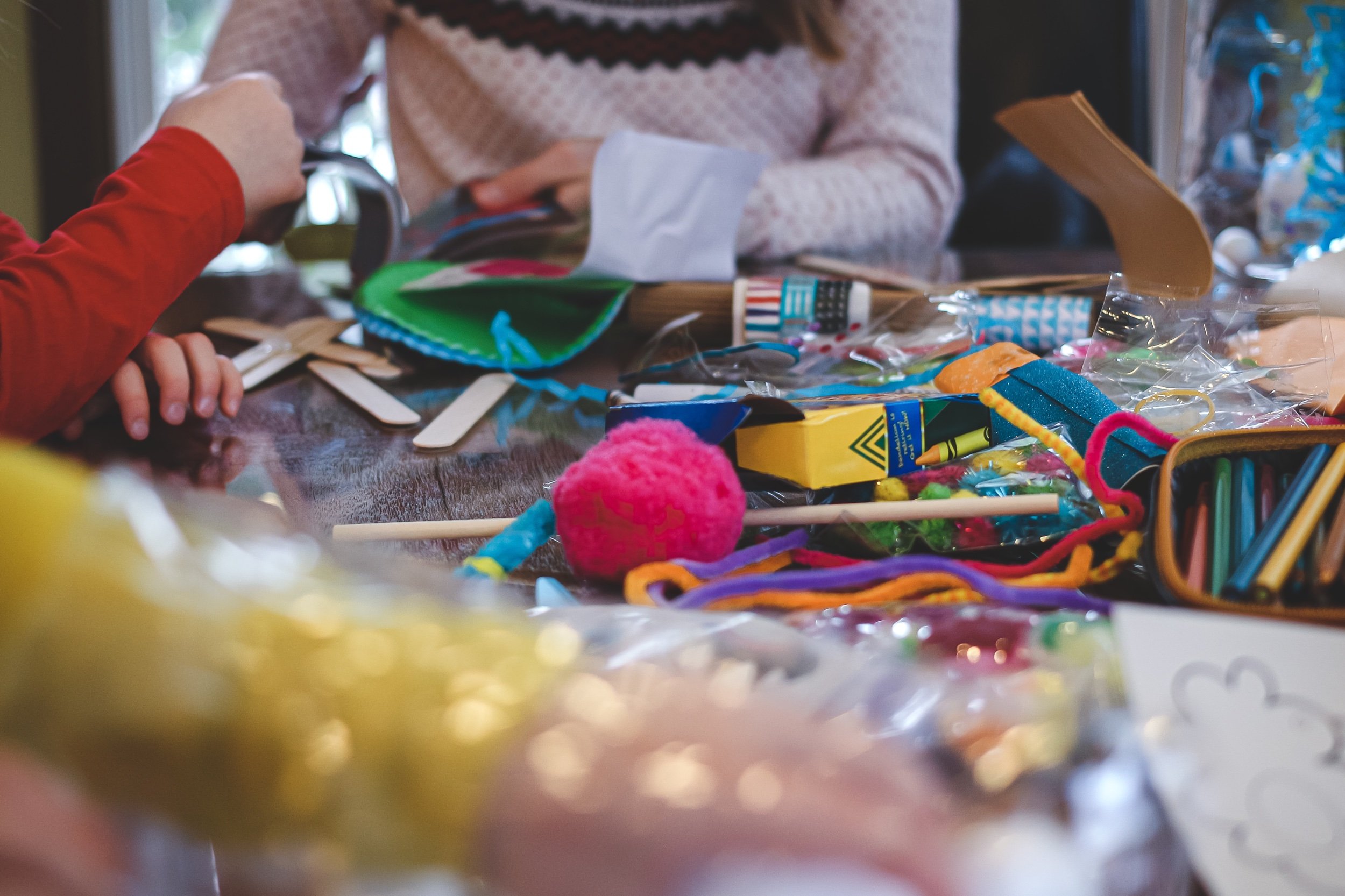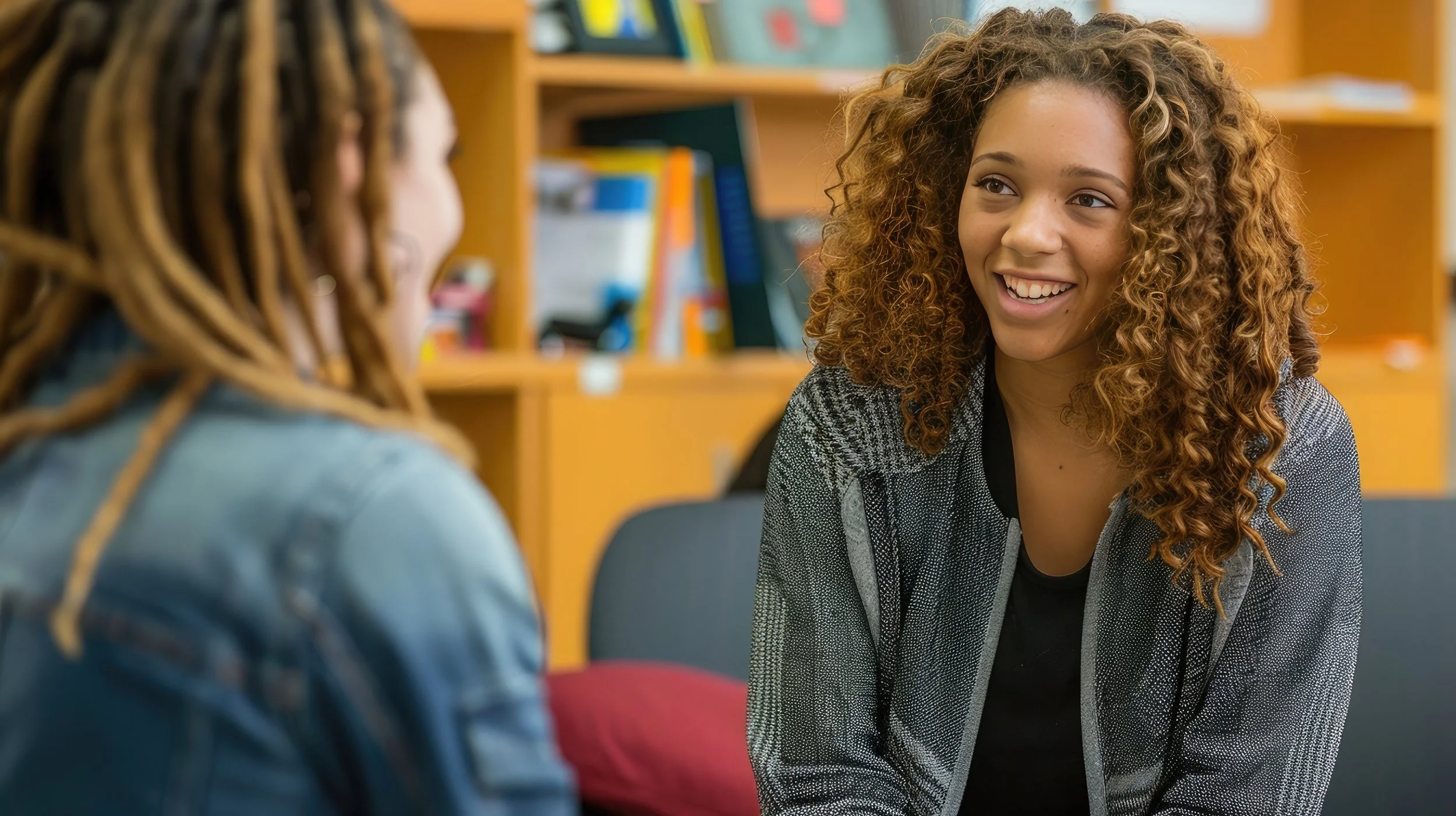Build-It Challenge can be used regularly with students to promote teamwork and communication.
Read MoreNewsball is a game that can be used regularly with students to build a foundation for the practice and habit of empathy and active listening, while building classroom community.
Read MoreThe more students practice active listening, without being in a two-way conversation, the more they’ll come to value showing interest when someone is speaking, trying to understand their thoughts and feelings, and making them feel heard. The personal nature of the listening prompts also sets the stage for student sharing, which can build trust and connection in the classroom.
With this light-lift strategy, students will practice being active, authentic listeners with a partner — listening to make the speaker feel heard and without the need to reciprocate the conversation, but rather, to better understand and communicate with the speaker. By speaking for up to a few minutes, speakers will also get more comfortable sharing about themselves and expressing vulnerability.
Read MoreWith this light-lift strategy, students explore the concept of gratitude through self-reflection and writing thank you notes to people in their lives to recognize things they appreciate about people in their classroom, school, and beyond. Students also engage in activities that encourage them to consider both real and hypothetical situations around the positive things in their lives.
Read MoreChildren and adults alike are predisposed to empathize for those who are in their own social group. Empathy for many different kinds of people is important in its own right and is the basis for children’s developing conceptions of and commitments to fairness and justice. The Circle of Concern strategy is designed to help children — and adults — become more aware of those for whom they don’t have empathy. It is also designed to widen their circle of concern.
Read MoreWith this light-lift strategy, students will dive into narratives of self and others to offer more nuanced perspectives and feelings around people’s stories. The narratives will mirror the “Humans of New York” series, and students will study a few of them to get a sense of the expectations (e.g., interviewing other students or faculty members). Humans of Your School provides students with opportunities to connect with those different from them, to listen to different stories and try to understand their different perspectives, and to appreciate differences while also finding commonalities.
Read More






